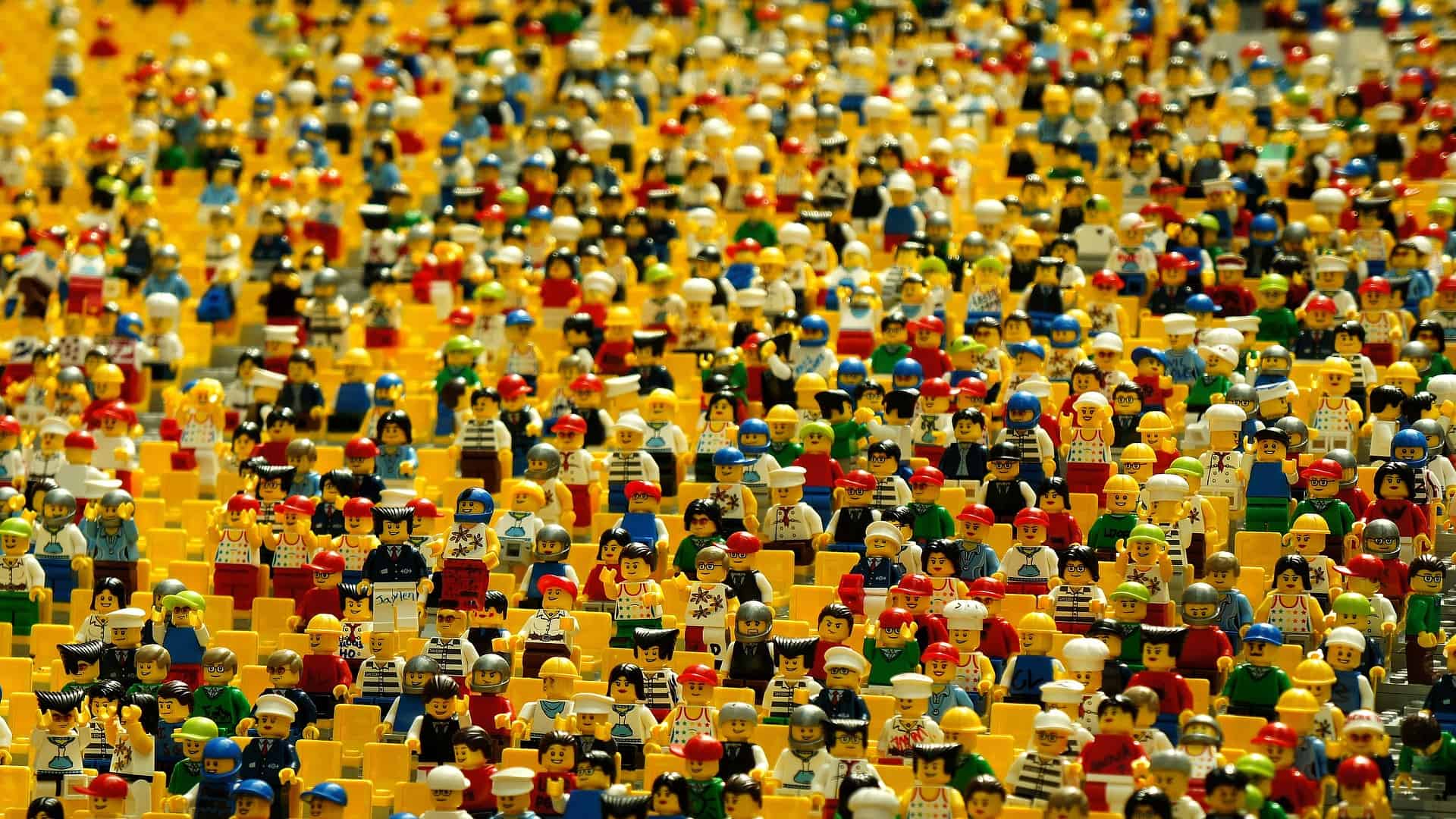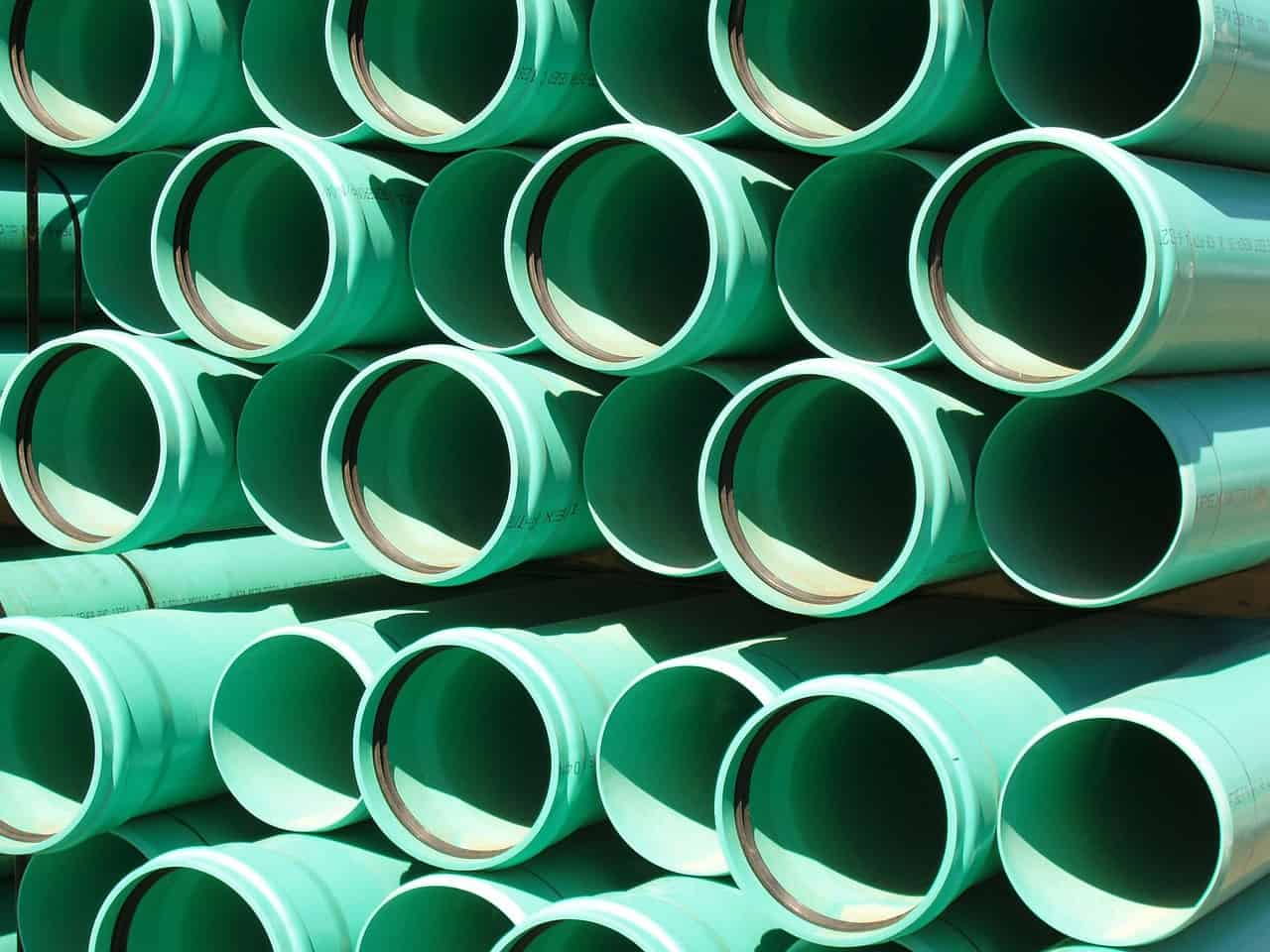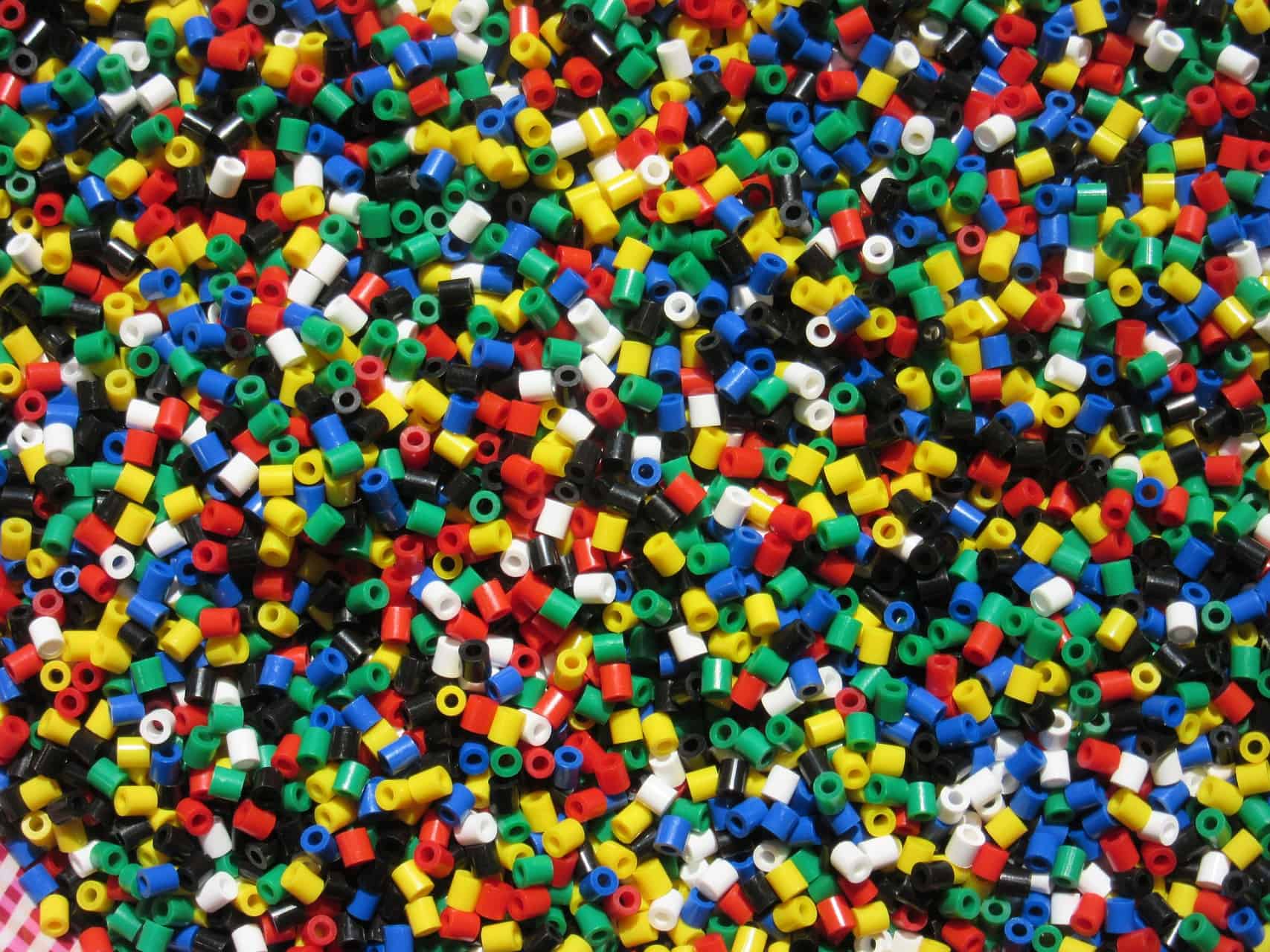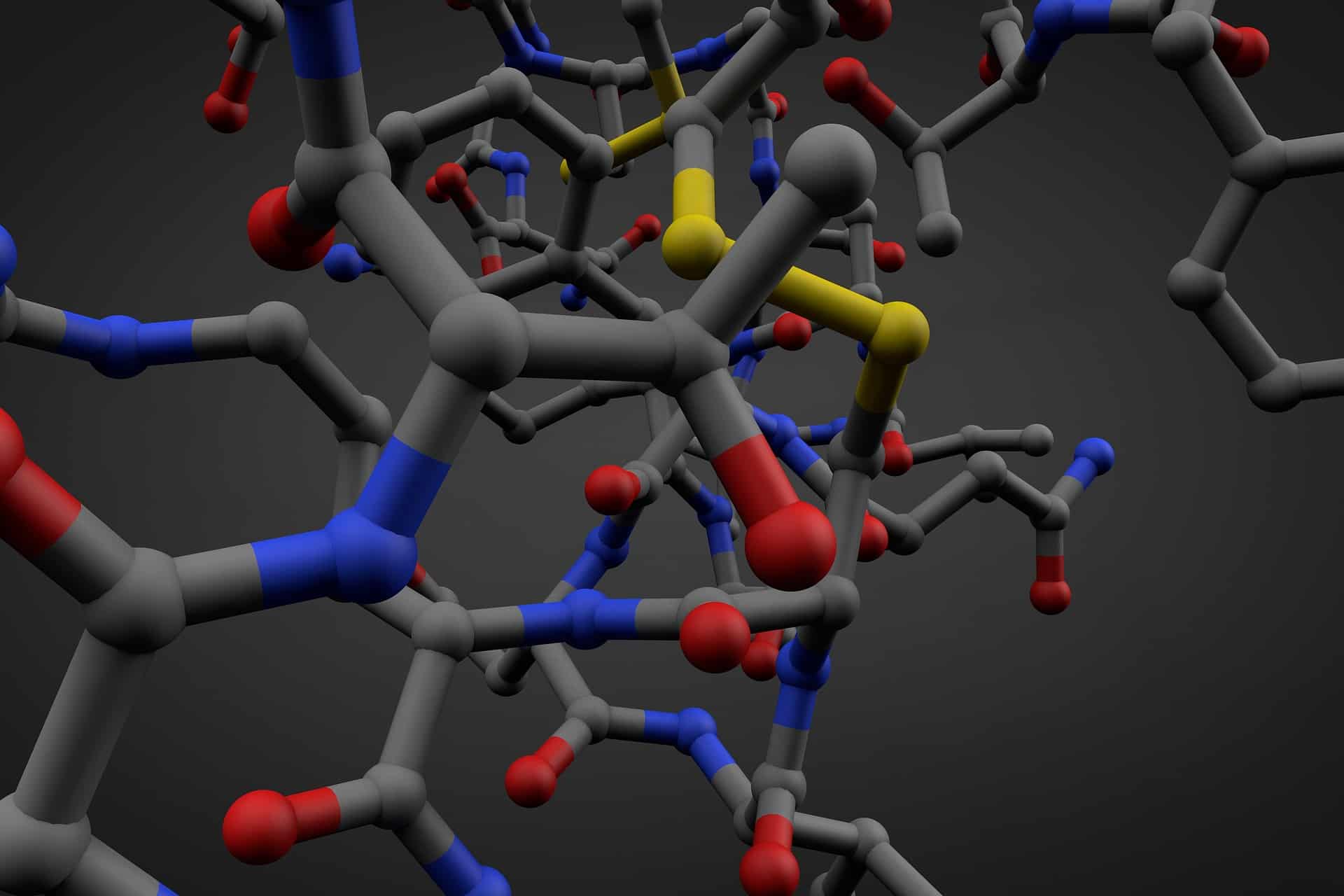Currently, there is a lot of public interest in materials that are biodegradable, recyclable, compostable, and renewable. Plastics face the brunt of a lot of that criticism: the government has pledged to eliminate all avoidable plastic packaging in the UK by 2030 and all avoidable waste plastic by 2042.
However, the environmental impact of plastic is very complicated. As we’ve covered before, plastic helps minimise food waste, another pollutant. These complex factors end up getting erased from public debate. In particular, the debate around bioplastics and the environment is full of misinformation. In the following articles, we attempt to set out some of the fundamental definitions that are essential to understanding the use of plastics today.
What are Plastics?

Conventional plastics are derived from petrochemicals, a non-renewable resource, and is used in constructing almost everything from underground pipes to cutting-edge semiconductors to LEGO figurines. Most packaging plastics are made from polyolefins, created from polymerised hydrocarbons – types of crude oil. In particular, most plastic packages are either polyethylene, polypropylene or PVC.
These packaging materials are prevalent because, as the UK government put it in their 25 Year Environment Plan, “it is safe, secure, hygienic and cheap… tough and long-lasting”. Shrink-wrapped plastic packaging helps food last longer, gives pharmaceutical drugs and electronic devices a tamper-free seal, and makes consumer goods look more attractive to potential buyers.
However, non-recyclable plastic packaging has some environmental problems associated with them, including decomposition, pollution, and a larger carbon footprint than alternative packaging solutions.
What are Bioplastics?

An eco-friendlier alternative to more traditional packaging solutions, bioplastic shrink wrap has been proposed in recent years as an alternative way of wrapping goods. Made from organic biomass sources, bioplastics are created in many different ways, though most use a micro-organism to process base materials like cellulose, starch, vegetable oils and alcohols.
Bioplastics have a lower environmental impact than conventional plastics, but are still not completely green, as they release carbon dioxide when biodegrading. Additionally, recent research implies the land footprint of bioplastics – the amount of arable land needed to be devoted to producing bioplastics – is very high, which creates its own environmental concerns.
Varieties of Bioplastics:

There are a number of options for businesses looking to use bioplastics in future. The term ‘bioplastics’ can be confusing because some people use ‘biodegradable plastics’ and ‘bio-based plastics’ interchangeably. Some bioplastics are biodegradable but not made from biomass; some bioplastics are made from biomass but are not biodegradable. Each has their advantages and disadvantages.
Biodegradable plastics are plastics that, just by being outside or exposed to water, deteriorate over time. As packaging is not meant to degrade quickly, typically biodegradable plastics last anywhere between six months and five years before breaking down.
Bio-based plastics, by contrast, are plastics made from biomass. Most bio-based plastics are made from either bioethanol or naturally occurring polyamides.
One option is to use biodegradable and compostable plastics that are not bio-based. Polycaprolactone (PCL), and poly(butylene succinate) (PBS) are petroleum-based synthetic polyesters, but microorganisms can break them down after two to three years – or more quickly if combined with certain materials like sugarcane rind.
By contrast, some bio-based bioplastics are not biodegradable. Most notably, polyethylene, the most used plastic today, can be produced by mixing in ethanol from renewable resources but is not be biodegradable. Polypropylene and PVC can also be made through biomass but suffer the same problem.
There are also a number of biodegradable bio-based bioplastics. Most notably, poly(hydroxybutyrate) (PHB), polylactic acid (PLA) and starch blends can be produced from biomass or renewable resources and are thus biodegradable. There are still some environmental concerns related to these products – PLA, for example, requires special facilities to biodegrade properly and require massive amounts of corn to make.
Oxo-Degradable Bioplastics

In addition to bioplastics, there are also oxo-degradable plastics on the market. Oxo-degradable products are products that fragment as a result of the chemical process called oxidation and are oxo-degradable. Oxo-degradable plastics are made by adding certain chemical catalysts to the plastic, like cobalt, manganese, or iron, which can trigger oxidation upon heat or sunlight exposure. Oxo-degradation is not, in itself, thought of as good for the environment because it is still not the same as biodegradation.
Oxo-biodegradation, by contrast, is defined tightly by the European Standards Organisation to mean “degradation resulting from oxidative and cell-mediated phenomena, either simultaneously or successively.” While oxo-degradation cells merely cleave into smaller macromolecules, oxo-biodegradable cells actually break down into new materials.
There is a lot of ongoing research into oxo-biodegradation, though some businesses are currently using oxo-biodegradable plastics. Most notably, Thornton’s pallet wraps now use BioZ, a type of oxo-biodegradable plastic, to reduce their carbon footprint. In the future, we expect more businesses to start using oxo-biodegradable products to reduce their carbon footprint.
Compostable Bioplastics

Compostable plastics and bioplastics are a newly emerging generation of plastic wraps that degrade when composted. Specifically, they have to meet EU standard EN13432 to be identified as a compostable plastic. They are made up of renewable resources like starch, cellulose, and lactic acid which biodegrade when composted. Not all compostable plastics are derived from renewables – some are made from compostable resins derived from petroleum.
Most compostable plastics have to be composted in a commercial facility where higher temperatures can be achieved to speed up the rate of biodegradation. Importantly, not all biodegradable plastics are compostable, but all compostable bioplastics are biodegradable.
Compostable bioplastics are not yet used much in shrink wrapping but are growing more commonplace in certain industries like film processing or moulding. PLA shrink wrap is the most common form of a compostable bioplastic for product wrapping.
Each of these types of plastics and bioplastics impacts the environment in different ways, as we’ve highlighted. Depending on your type of business, different shrink wrapping machines and different types of polyolefin shrink films might be more or less suited to your needs. If you would like more information, please get in touch, and we will be happy to help you with all of your shrink wrapping needs or take a look at our polyolefin shrink wrap guide for more information online on what is suitable for your needs.


